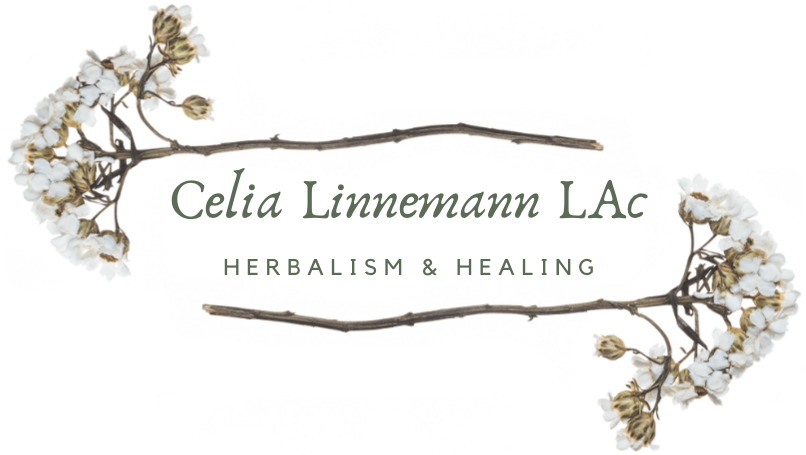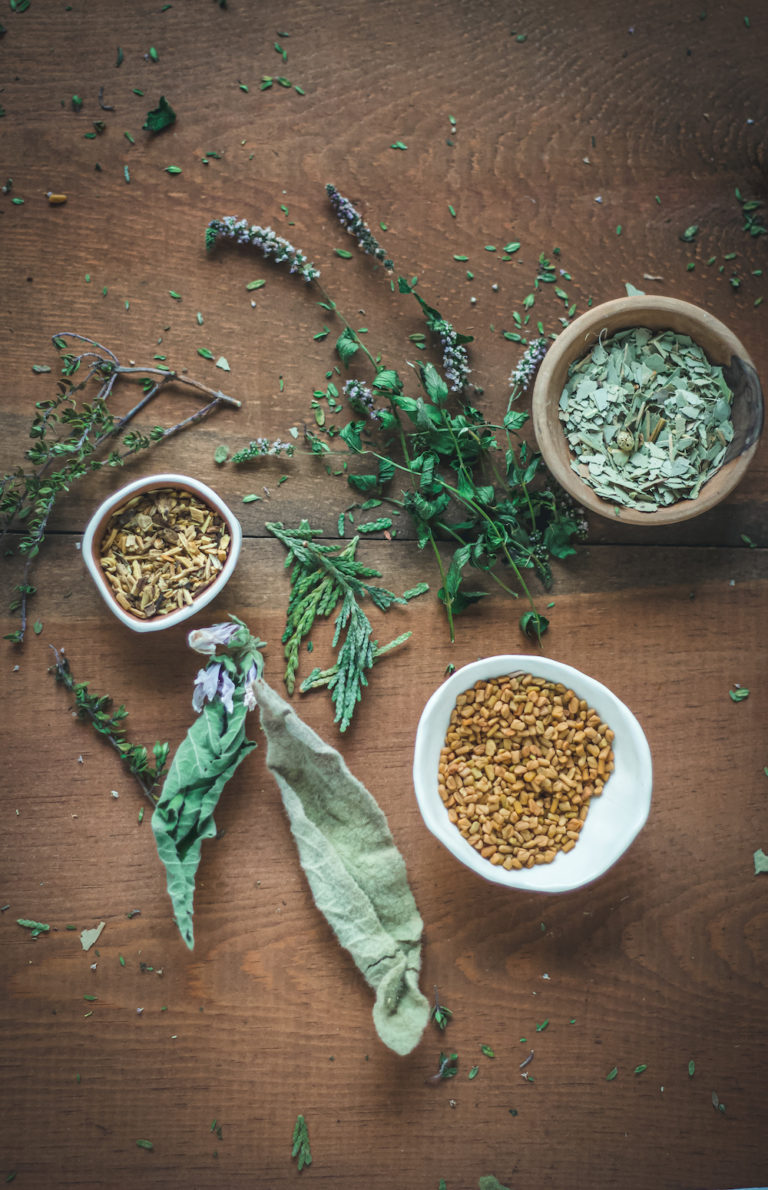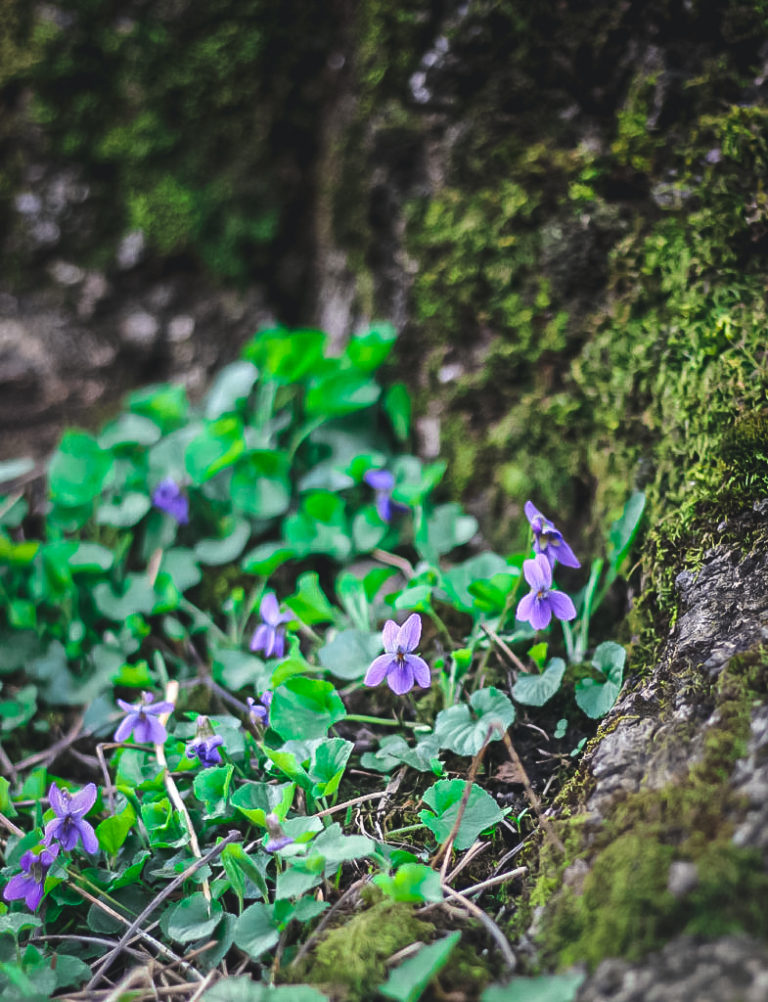Indispensable Herbal First Aid – Yarrow, Calendula & Comfrey Poultice
While camping at the amazingly beautiful Opal Creek wilderness area I experienced a new type of injury: sandal chaff. Thankfully, I had thought of a few herbs for first aid and packed a Yarrow, Calendula and Comfrey poultice.
Yes, the skin on my feet somehow where rubbed to oblivion by hiking in my trusty 11 year old Chaco’s. The source of the irritation still confuses me; never has such a thing happened prior or since.
(Readers: I first wrote this on my old blog, Dandelion Revolution in 2014. The sandel caff was because I was pregnant and our skin goes a little haywire when we gestate. I think it is hormonal, maybe fluid metabolism? Some people say thyroid problems contribute to dry, caffed feet, specifically heel cracking. And those Chacos – I was pretty in love with them. They lasted another 5 years for a total of 16 years before they cracked in half.)



As silly as it sounds, my feet were completely aching and in need of major rescue. Some places were bleeding, and all areas of my feet, top to bottom, were stingy and inflamed.
Luckily I added a few herbal wound poultices to my first aid kit to treat this sort of thing.
I also brought with a little jar of Rose Petals Bandages, one of my go-tos for burns, a bottle of Mahonia for infections, an all-purpose salve, bug spray and a Belly Elixir, you never know when you might get a belly ache?

Calendula, Comfrey and Yarrow Wound Healing Poultice:
- Calendula – Calendula officinalis. General skin healing, antimicorbial. Great for chaffed or cracked skin, particularly in damp or congested areas. Although mild and gentle, Calendula is wonderful and effective for infections.
- Comfrey Leaf – Symphytum officinale. Tissue healer extraordinaire. A ooey-gooey, demulcent herb to coat and seal broken skin, connective tissue and bones. Can also use the root, which is even more mucilaginous.
- Yarrow – Achillea millefolium. Healer of intrusions of any kind – cracks, cuts, scapes. Specific for deep, straight cuts, or scrapes with a lot of trauma and bruising. As a blood regulator, Yarrow helps with the metabolism and moving out of bruises, and it stops bleeding. Removes blood stagnation from the area, and also anti-microbial.
Directions:
- Mix herbs together in any ratio you please.
- Add about 5 tablespoons to a large tea bag, muslin bag or wrap in thin cotton cloth.
- Add poultice to just boiled water and let steep, covered, for at least 20 mins. I let it steep about 45 mins.
- Add the poultice to the affected area. Alternately, I created foot bath in which to soak my feet in the strong tea, then placing the tea bag on directly on the wounds on my feet.
- Soak the area for about 20 mins. When using a tea bag on a wound, place it back into the hot water when cool, and repeatedly apply to the area for about 20 mins if possible.
A note about herbal poultices and infections
If you have an infection that may spread, it is wise to not repeat using the same poultice or tea water. Make a new batch and repeat the process.
If you do NOT have an infection, it is up to you if you want to reuse the polutice or soaking water. There’s no right or wrong answer. Sometimes I do, sometimes I don’t, just depends on how I feel and what is convenient for me.
Effective, as always
Herbs are amazing, aren’t they?
When I start to exalt them for their life changing (or day changing, little victories are noteworthy, too) healing abilities, I hear from the plants that, actually, the healing lies within our own bodies, and the plants just support us and show the way.
Amazing – and humble.
Well, the strong herbal tea foot bath did the trick. It was both soothing to the irritated tissue and cleansing, which is always useful while camping.
The bleeding stopped, the areas of broken skin looked much less red and the swelling decreased. I followed the soak with a massage of a moistening healing salve and rested for them for the remainder of the evening.
(I just want to remark that I felt okay with using Comfrey while pregnant, even though I know that the herbs are absorbed into the body even during external use. For me, taking herbs externally is not less than taking them internally. However, just because I chose to use a Comfrey foot bath does not mean I would recommend other people do so – that is your call.)
The next day was the real test. Could I hike another day without ruining my feet yet again?
Verdict: My feet felt completely better. Hiked all day and not a problem arose.


Endless Herbal First Aid Possibilities
This poultice can be used for all sorts of skin irritations, bruises, strains and strains.
I have used this for things from postpartum sitz-baths, healing after surgery, bruises of all sorts, skin infections, diaper rash (a favorite), skinned knees and so on. Of course, the herbs can be changed to address your particular needs, but usually when I think of herbal first aid, especially for a poultice, Yarrow Calendula and Comfrey are ones that come to mind.
There are numerous possibilities for additional herbs to add to a skin healing compress.
Plantain, St. John’s Wort, Marshmallow are other ideas. What other herbs can you think of for this?
I would’ve really liked to have Plantain in here, but I didn’t have any of it dried at the time that I made this poultice.
Plantain is an excellent woundwort, very soothing and regenerative to the skin. It is drawing and anti-infective. Plantain really is an incredible healer. They have worked so well for bug bites, bee stings, stuck in splinters. This common weed is around, even in the wilderness although you will have to look closer to trailheads and roadsides (being mindful to not pick near car exhaust).
A side note: Plantain is disruptive to the infective processes that take place in the formation of a biofilm in chronic infections. And Plantain, along with Althea and Calendula, are my herbs of choice for treating leaky gut (credit: I learned this formula from Paul Bergner).
Thank you for coming on this journey back in time with me. These herbs saved my feet then, and they have come with me thought the journey of parenthood, where I used them a LOT, especially with diaper rash, which my kids got a lot when they were teething.
For the little ones, I decrease or remove the Yarrow although I used Yarrow more with my oldest child as he would get bleeding diaper rash when I had dairy (telltale sign of a dairy problem). I love adding Chamomile and Lavender to the poultices for babies because then it smells so sweet, and both are wonderful skin healers in and of themselves.
Take care, herbal folks. The herbs are here when you need them.
Celia









One Comment